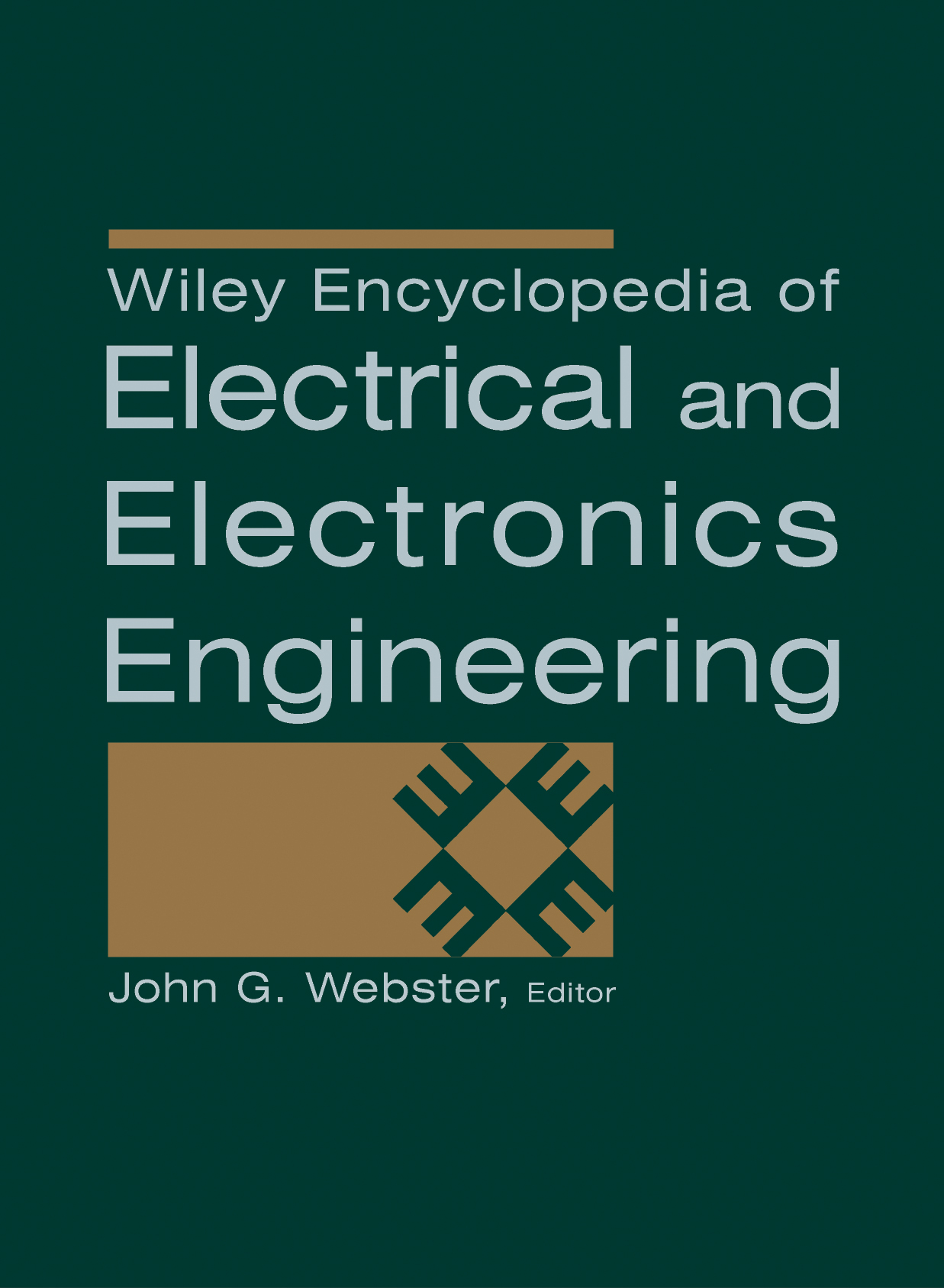Abstract
The sections in this article are
- 1 Studies of Engineering Education
- 2 The National Science Foundation Coalitions
- 3 Outcomes Assessment in Engineering Education and Accreditation Changes
- 4 Factors Affecting Engineering Education
- 5 Issues in Engineering Education
- 6 Active Learning and Cooperative Learning
- 7 Integrated Curricula
- 8 Learning Styles
- 9 Enrollment, Degrees, and Retention
- 10 Faculty Development
- 11 Promotion and Tenure
Bibliography
- 1 Report of the committee of evaluation of engineering education, J. Eng. Educ., 46 (1): 25–60, 1955. Reprinted, J. Eng. Educ., 85 (1): 74–94, 1994.
- 2 Quality in engineering education. Executive summary of the final report, quality of engineering education project, Eng. Educ., 77 (1): 16–24, 49–50, 1986.
- 3 Restructuring Engineering Education: A Focus on Change, Report of an NSF Workshop on Engineering Education. Division of Undergraduate Education, National Science Foundation, April 1995.
- 4 Engineering Education for a Changing World, a Joint Project of the Engineering Deans Council and the Corporate Roundtable of the American Society for Engineering Education. Washington, DC: American Society for Engineering Education.
- 5 Major Issues in Engineering Education, A Working Paper of the Board on Engineering Education. Washington, DC: National Research Council, 1994.
- 6 Engineering Education, Designing an Adaptive System, National Research Council Study, Washington, DC: National Academy Press, 1995. (This report follows from Item 6.)
- 7 A Framework for the Assessment of Engineering Education, The Joint Task Force on Engineering Education Assessment. Washington, DC: American Society for Engineering Education, 1996.
- 8 The engineering education coalitions, Prism, 6 (1): 24–31, 1996.
- 9
J. Shaewitz,
Outcomes assessment in engineering education,
J. Eng. Educ.
85 (3):
239–246,
1996.
10.1002/j.2168-9830.1996.tb00239.x Google Scholar
- 10 D. Soldan, Alumni assessment in the ABET 2000 environment, Proceedings, Frontiers in Education Annual Conference, Pittsburgh, PA, IEEE/ASEE, November, 1997. Vol. 27.
- 11 D. Aldridge, L. Benefield, A planning model for ABET Engineering Criteria 2000, Proceedings, Frontiers in Education Annual Conference, Pittsburgh, PA, IEEE/ASEE. November, 1997, Vol. 27.
- 12 G. M. Rogers, J. K. Sando, Stepping Ahead: An Assessment Plan Development Guide, Rose–Hulman Institute of Technology, Terre Haute, IN, 1996.
- 13 R. Payne, Communication conduit, Prism, 6 (5): 16–17, 1997.
- 14 V. Hendley, The basics of successful joint ventures, Prism, 6 (5): January 1997, pp. 18–21.
- 15 A. Dessoff, Profiles in Collaboration, Prism, 6 (5): January 1997, pp. 22–28.
- 16 Project LEA/RN (Learning Enhancement Action/Resource Network), a joint effort between the faculties of the Colleges of Engineering and Education at Iowa State University; and others.
- 17 S. Scrivener, K. Fachin, G. Storey, Treating the all-nighter syndrome: Increased student comprehension through an interactive in-class approach, 85 (2): 152–155, 1994.
- 18 D. Johnson, R. Johnson, K. Smith, Active Learning: Cooperation in the College Classroom, Edina, MN: Interaction Book Company, 1991.
- 19
J. Bordogna,
E. Fromm,
E. Ernst,
Engineering education: Innovation through integration,
J. Eng. Educ.,
82 (1):
3–8,
1993.
10.1002/j.2168-9830.1993.tb00065.x Google Scholar
- 20 R. Quinn, Drexel’s E4 program: A different professional experience for engineering students and faculty, J. Eng. Educ. 82 (4): October 1993, pp. 196–202.
- 21
J. Shaewitz et al.,
The holistic curriculum,
J. Eng. Educ.,
83 (4):
343–348,
1994.
10.1002/j.2168-9830.1994.tb00129.x Google Scholar
- 22 The Drexel Engineering Curriculum, Faculty, College of Engineering, Drexel University, Philadelphia, PA, 1995.
- 23
J. Sharp,
J. Harb,
R. Terry,
Combining Kolb learning styles and writing to learn in engineering class,
J. Eng. Educ.,
86 (2):
97–102,
1997.
10.1002/j.2168-9830.1997.tb00271.x Google Scholar
- 24 D. Kolb, Experiental Learning: Experience as the Source of Learning and Development, Englewood Cliffs, NJ: Prentice Hall, 1984.
- 25 Learning Styles: Putting Research and Common Sense into Practice, American Association of School Administrators, Arlington, VA, 1991.
- 26 R. Felder, L. Silverman, Learning and teaching styles in engineering education, Eng. Educ., 78 (7): 674–692, 1988.
- 27 E. Godleski, “Learning style compatibility of engineering students and faculty, Proceedings, Frontiers in Education Annual Conference, IEEE/ASEE, 1984, Vol. 14.
- 28 National Science Foundation, Science and Engineering Degrees: 1966–94, NSF 96-321 Arlington, VA, 1996.
- 29
M. Reichert,
M. Ashber,
Taking another look at educating African American engineers: The importance of undergraduate retention,
J. Eng. Educ.,
86 (3):
241–254,
1997.
10.1002/j.2168-9830.1997.tb00291.x Google Scholar
- 30
C. Moller–Wong,
A. Eide,
An engineering student retention study,
J. Eng. Educ.,
86 (1):
7–16,
1997.
10.1002/j.2168-9830.1997.tb00259.x Google Scholar
- 31 E. Boyer, Scholarship Reconsidered: Priorities of the Professoriate, Princeton, NJ: The Carnegie Foundation for the Advancement of Teaching, 1990.
- 32 Available from the University of Minnesota, World Wide Web site http://www.umn.edu/usenate/faculty_senate/facultytenure.html, as of July 15, 1997.
Citing Literature
Wiley Encyclopedia of Electrical and Electronics Engineering
Browse other articles of this reference work:



